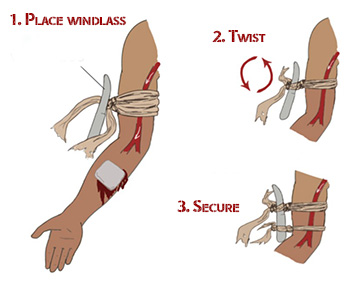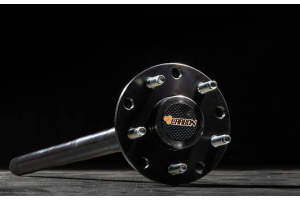
Accidents on the trails can happen. Accidents in remote locations can happen…
As an adventure enthusiast and former trauma nurse, I can attest to the importance of being prepared with both supplies and the know-how of what to do in emergency situations.
One of the most common, life-threatening medical emergencies that occurs off the grid is uncontrolled bleeding of a limb(s). This means that the bleeding does not stop despite direct pressure being applied and places an imminent threat upon the victim.
Knowing what to do in this scenario is critical to preserve both the victim’s life and limb. A well-stocked first aid kit should have hemostatic dressings and a tourniquet, but should that be lacking the latter, below are instructions on how to make an improvised one.
How to create an improvised tourniquet?
- Use a non-stretchy material (such as terry cloth, rope, or something similar), and fold it lengthwise to be 1-2” wide.
- Tie the tourniquet around the injured limb, several inches above the area of uncontrolled bleeding. Tying above the victim’s joint is helpful if the injury is below the knee or elbow. Use of a common square knot is recommended. (See photo)
- Above the first knot in the tourniquet, position a stick or other long object as a “windlass” that can be twisted to tighten the tourniquet and then tie a second square knot. Any long object that will secure the tourniquet will work – pencil, stick, silverware, antenna, wrench….just to name a few.
- Keep twisting the windlass to increase pressure to decrease the bleeding.
- Once stable, secure the windlass in place by tying one or both ends to the victim’s affected limb.
- Once the bleeding is controlled, GET HELP. Being prepared with radios, flares, etc. to get the victim to safety is an important topic for another day.
- Last but not least – mark the time the tourniquet was placed. This is helpful to first responders, as every detail is important when planning emergency care and reducing catastrophic outcomes for the victim.
Written by Kristie Knox BSN, RN who is also part of Team MetalCloak. (Follow Kristie on Instagram as @tombraider_wrangler)









